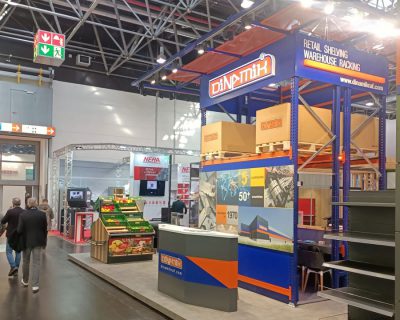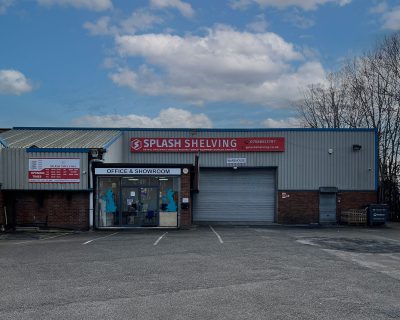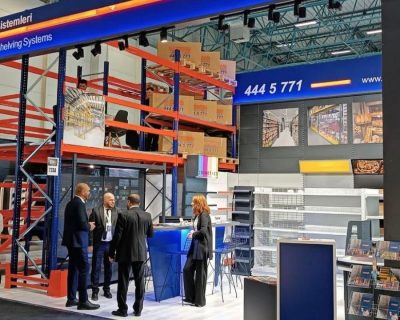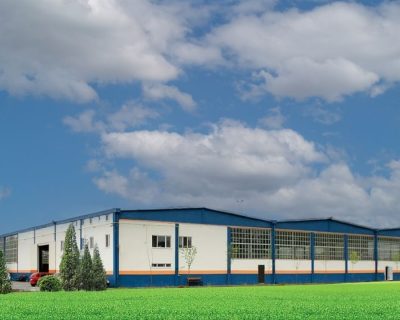Dinamik Raf
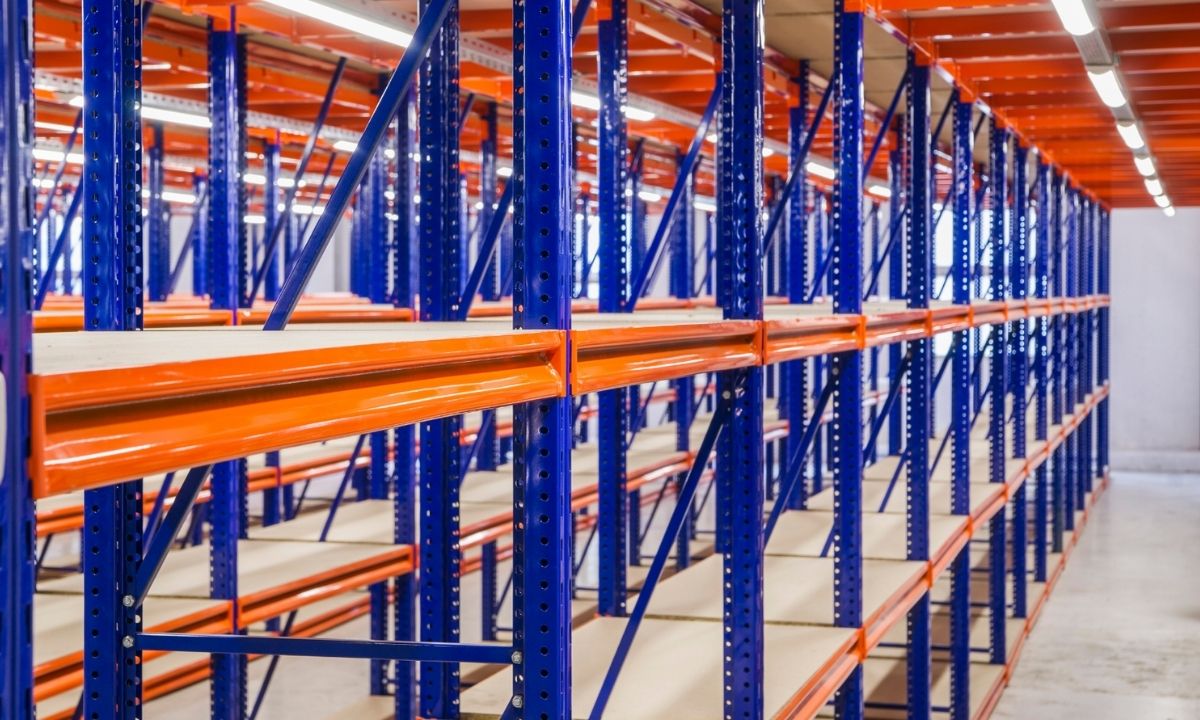
What are the differences between Warehouse Shelves and Retail Shelves?
There are generally two types of shelving systems used for sales areas: retail shelves are preferred for the part of your business that appeals to customers, while warehouse shelves are more commonly used for your storage areas.
Warehouse shelves are typically designed to hold heavy and large products, and are durable and high-capacity. Retail shelves, on the other hand, are designed for retail sales, with a more aesthetic and visual design, and lower capacity. In addition, warehouse shelves are usually used in warehouse environments, while retail shelves are used in retail stores.
The differences between warehouse shelves and retail shelves are generally as follows:
Capacity: Warehouse shelves can generally have higher capacity because the products stored in a warehouse environment may be heavier and larger. Retail shelves may have lower capacity because the products stored in retail stores may be smaller and lighter.
Design: Warehouse shelves may have a more functional and practical design, while retail shelves may have a more aesthetic and visual design.
Material: Warehouse shelves are typically made of durable materials such as steel, aluminum or polycarbonate, while retail shelves may be made of lighter materials such as wood, metal or plastic.
Usage: Warehouse shelves are generally used in warehouse environments, while retail shelves are used in retail stores.
Function: Warehouse shelves are typically designed for storage, while retail shelves are designed for retail sales.
If you are looking for different solutions for your sales area, you can contact us and we can establish a partnership to design a layout that suits your needs.
